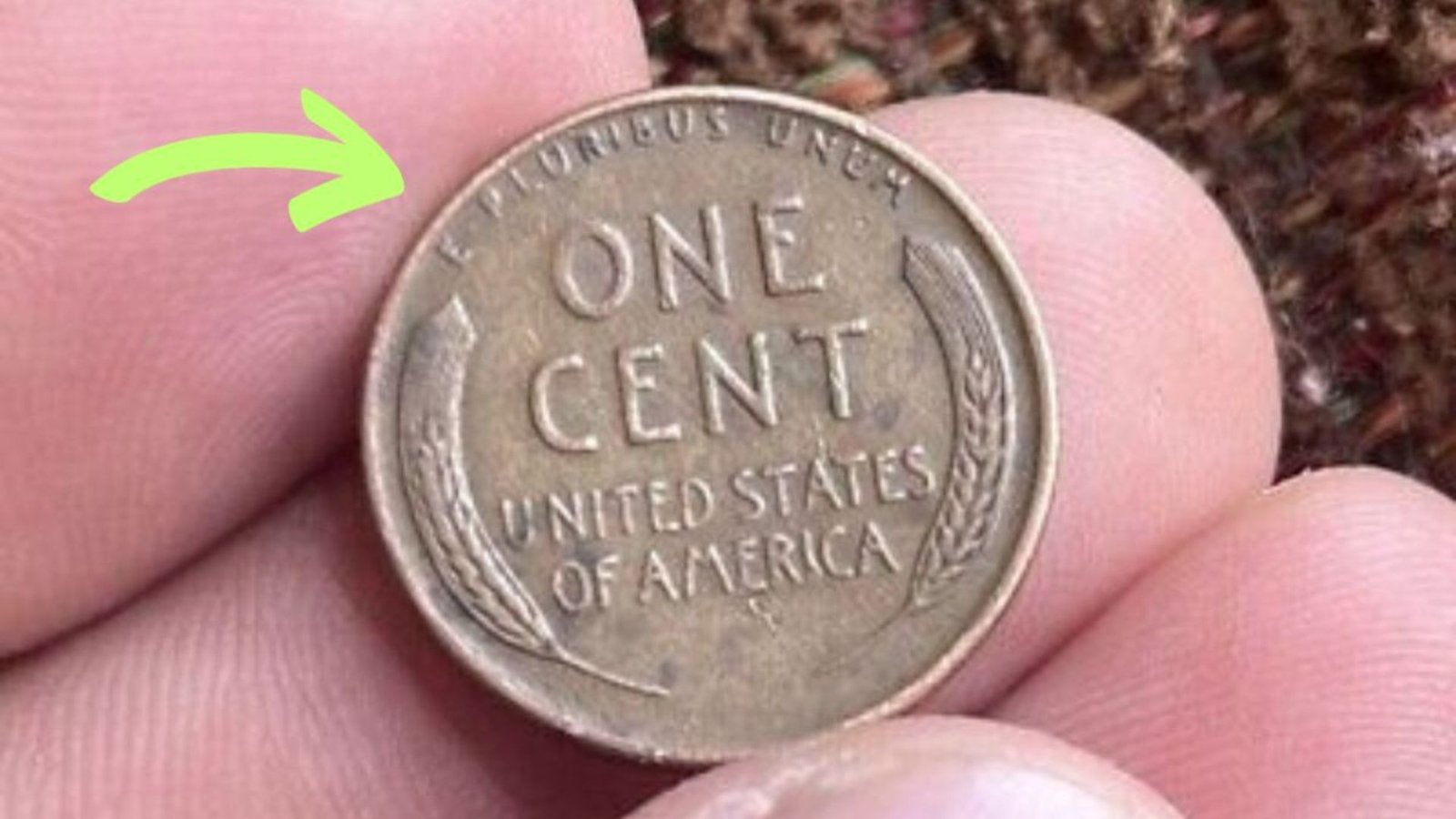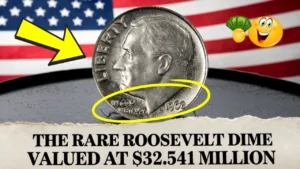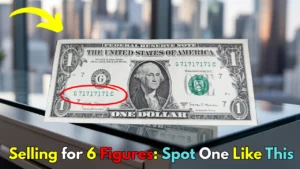Have you ever checked your pocket change and wondered if it could be worth a fortune? The Lincoln Wheat Penny, a small copper coin, has thrilled collectors and treasure hunters for over a century. This isn’t just spare change—it’s a piece of American history with stories that could change your life. Let’s dive into why these pennies are so special, which ones are worth big money, and how you can start your own treasure hunt.
Why Lincoln Wheat Pennies Are So Special
A Historic First for U.S. Coins
In 1909, the U.S. Mint did something bold to honor Abraham Lincoln’s 100th birthday. For the first time, a real person—a beloved president known for his honesty—appeared on a U.S. coin. Before this, coins showed symbols like eagles or Lady Liberty. The Lincoln Wheat Penny, designed by Victor David Brenner, features Lincoln’s face on the front and two wheat stalks on the back, giving it the nickname “wheat penny.” This design stayed the same until 1958.
A Coin with Stories to Tell
Wheat pennies were made in huge numbers, with billions circulating for decades. But some rare ones stand out, with values reaching up to $124 million! Their worth comes from being super rare, historically important, and in great condition. These coins carry tales of minting mistakes, wartime surprises, and collector dreams.
The Most Valuable Lincoln Wheat Pennies
The Legendary 1943 Copper Penny
During World War II, copper was needed for the war effort, so the Mint made pennies out of zinc-coated steel in 1943. By mistake, a few copper blanks from 1942 were used, creating the ultra-rare 1943 copper penny. Fewer than 20 exist today, making them more valuable than many famous artworks. If you find a 1943 penny, test it with a magnet: if it doesn’t stick, it might be copper and worth a fortune!
The 1909-S VDB Penny
Another collector’s favorite is the 1909-S VDB penny. This coin has Brenner’s initials “VDB” on the back, which caused a stir when it was released. The Mint quickly stopped making them, so very few remain. These pennies can be worth thousands or even millions in top condition.
The 1955 Double Die Penny
In 1955, a minting error made some pennies show a doubled image of Lincoln’s face and the lettering. This “Double Die” penny is easy to spot and highly sought after. Depending on its condition, it can fetch thousands at auction.
The 1922 No D Penny
Some pennies from 1922, made in Denver, are missing the “D” mint mark due to worn-out dies. Known as the “No D” penny, these are rare and can be worth a lot to collectors.
How to Start Your Lincoln Wheat Penny Treasure Hunt
Where to Look for Valuable Pennies
The exciting part? Some of these rare pennies are still out there! They might be hiding in your change, a family coin jar, or at estate sales. Many people overlook old pennies, not realizing they could be worth thousands.
Tips for Spotting Rare Wheat Pennies
- Check Dates: Look for pennies minted before 1959, especially from 1909, 1943, and 1955.
- Magnet Test for 1943 Pennies: If you find a 1943 penny, use a magnet. If it sticks, it’s steel. If it doesn’t, it could be the rare copper version.
- Look for Errors: Check for doubled lettering (1955 Double Die) or missing mint marks (1922 No D).
- Get a Professional Appraisal: If you think you’ve found a rare penny, have it checked by a coin expert to confirm its value.
Why Collectors Love Wheat Pennies
The thrill of finding a penny worth $124 million keeps collectors hooked. These coins aren’t just money—they’re pieces of history that connect us to the past. Whether you’re a beginner or a seasoned collector, the hunt for wheat pennies is full of excitement and possibility.
Conclusion: Start Your Treasure Hunt Today
The Lincoln Wheat Penny is more than just a coin—it’s a gateway to history and hidden riches. With rare versions like the 1943 copper penny or the 1955 Double Die still out there, you could be one coin away from a life-changing discovery. Grab a magnifying glass, check your change, and start hunting for these tiny treasures. Who knows? The next penny you find might be worth millions!




